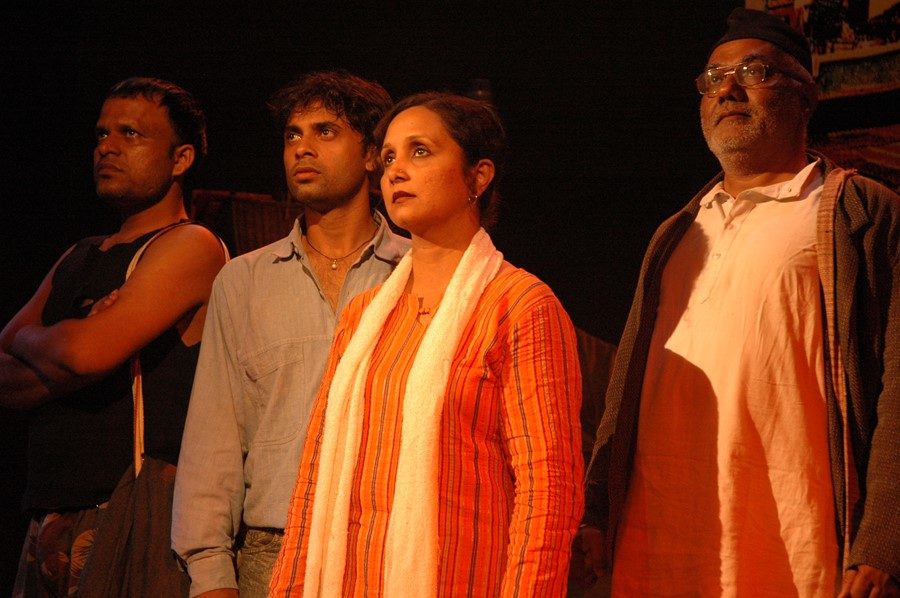Community, Leadership, Experimentation, Diversity, & Education
Pittsburgh Arts, Regional Theatre, New Work, Producing, Copyright, Labor Unions,
New Products, Coping Skills, J-O-Bs...
Theatre industry news, University & School of Drama Announcements, plus occasional course support for
Carnegie Mellon School of Drama Faculty, Staff, Students, and Alumni.
CMU School of Drama
Monday, February 04, 2019
Street-Theatre And Indian Feminist Theatre
The Theatre Times: The introduction of feminist theatre or women theatre in India has a quite long but hidden history. Indian women’s entry into cultural arts has been pioneered by Devadasi, prostitutes, and tawaifis in various places. Indian women have had a longtime connection with regional language-based theatre from late-nineteenth century. By mingling the European dramatic art with that of indigenous performance tradition, they popularized the Folk theatre, Street theatre, Rural theatre, Dalit theatre, Amateur theatre, Professional theatre, and Regional dances which ultimately turns into an organized performative version under the eclectic umbrella of ongoing feminist movements.
Subscribe to:
Post Comments (Atom)

2 comments:
For a long time, theater has been looked down upon in India and the only time it has been associated has been when women have been a part of a production where they are seen as objects of men's desire. But this article deems that this might be finally changing in the country, which I genuinely wish is true.
Women have always been treated as objects of desire in a cultural setting in the country; they have been looked as people who have no other capabilities to play better and more respectable characters. They have been deemed as side-kicks to the make counterparts.
But with the rise of feminist theaters, things might start changing for Indian female theater artists. They might finally be at a place where they can choose what parts they want to write; what parts they want to play and how they want to approach playing the character without any interference from outside sources.
The rise of feminist theaters might just be the outlet for Indian women to realize their full potential in the theater arts.
This is such an interesting subset of theatre to learn about. It is a really powerful movement that has really come from the bottom up and had a lot of power and influence. A few years ago, I saw Nirbhaya in New York on its American tour which is an Indian play about Nirbhaya, a woman who was gang raped in Delhi and later died from her injuries, but it was told by other women who had personally experienced sexual abuse from strangers and loved ones alike. Seeing these real women tell their own stories onstage while also paying tribute to Nirbhaya and the movement her death created was really moving. It is important to acknowledge the personal sacrifices that it takes for these women to put on theatre like this. It is not an easy thing to do. It is not cathartic. It is painful, and yet they continue to do it to spread their message and push their story farther.
Post a Comment